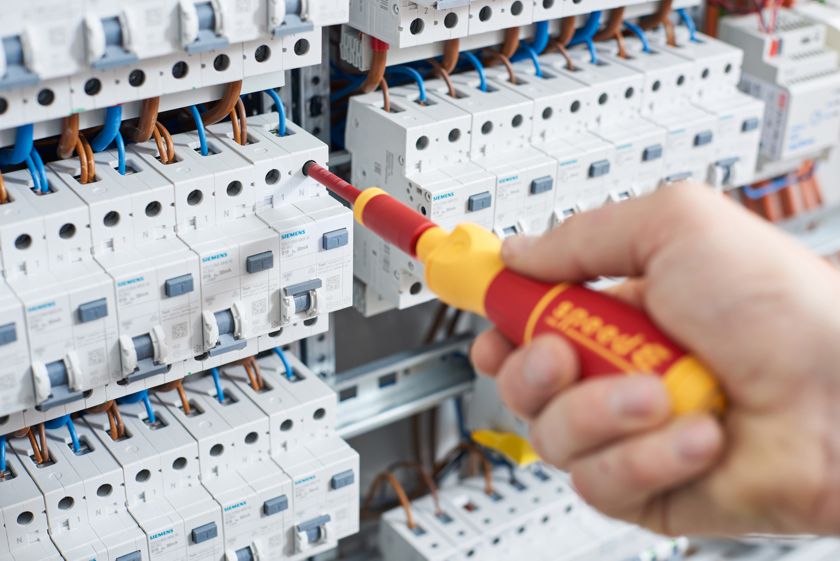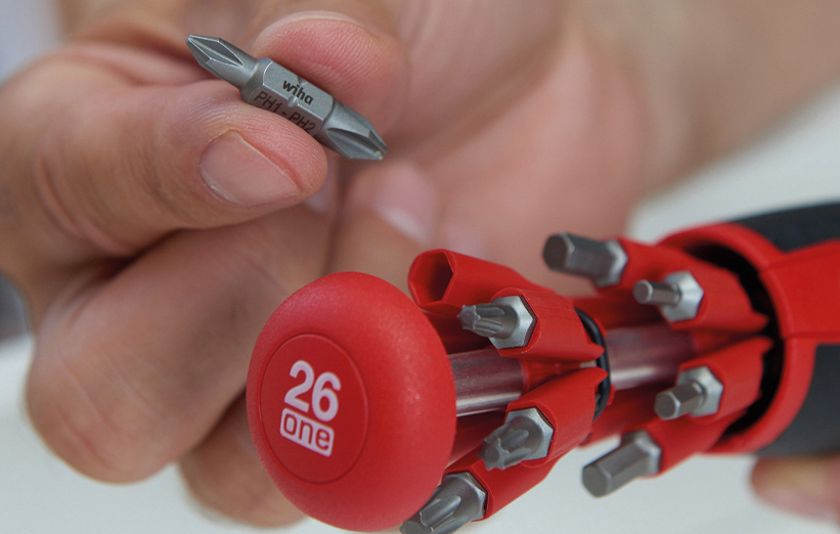Wiha Werkzeuge GmbH
Founded in Wuppertal by Willi Hahn in 1939, Wiha relocated to Schonach in the Black Forest in 1943 and still has its headquarters there today. Wiha also continues to be an owner-managed family business with flat structures. At its various locations, the company primarily develops and produces tools for professional users in industry and the skilled trades. In 2018, Wiha launched speedE, its first electrically powered screwdriver.
www.wiha.com

Simplifies the wiring of an electrical enclosure: the speedE electric screwdriver, which won a Focus Open award in 2018, is setting new benchmarks for electricians.
www.wiha.com

Simplifies the wiring of an electrical enclosure: the speedE electric screwdriver, which won a Focus Open award in 2018, is setting new benchmarks for electricians.



